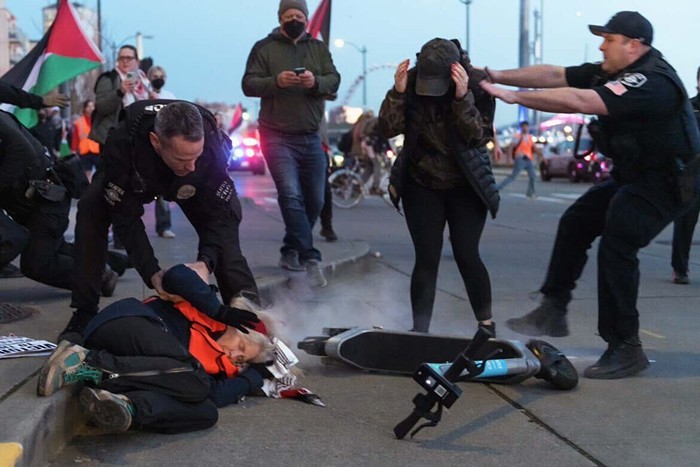So it may come as a surprise that just one year earlier, when the city had a chance to direct DSHS' hand by narrowing the list of sites, the mayor and Seattle City Council did nothing. Back then, Tim Ceis, the mayor's chief deputy, went so far as to call the decision "a state responsibility" (in the Seattle Times): "If the state needs to site a facility, the state should do that," Ceis said. One year later, Ceis and Nickels have changed their tune.
The question isn't whether King County should accept the facility, which will house up to a dozen of the most violent, recalcitrant sexual predators in the state. King County doesn't have a choice. That decision was made by a federal judge, who ruled that locking up dangerous sex offenders after they've served their time--the longtime practice in Washington State, which has never released a prisoner from its Special Commitment Center on McNeil Island without a court order--amounts to unlawful confinement ["Who's Offending Who?," Phil Campbell, March 16, 2000]. Under the federal ruling, King County must accept its fair share of the McNeil Island predators. Where they go, however, is largely up to the cities themselves.
Under DSHS' guidelines, cities in the three counties that must take the McNeil sex offenders were supposed to decide where they wanted the housing to go and change their zoning to allow it in those areas; failing to do so would open cities up to "preemption" by the state. About half the cities in King County opted to zone; others, including bedroom communities like Lake Forest Park, figured (correctly) that DSHS would never put the housing there. Seattle decided to take its chances. "A decision was made, consciously or unconsciously, that this wouldn't happen here," says local political consultant Christian Sinderman. "Seattle was the only urban site that made it onto the list, because we failed to protect ourselves through zoning."
Ceis' counterargument--follow it slowly--is that Seattle already has zoning for sex offender housing: It's allowed in commercial areas. The only problem is, the type of housing DSHS is proposing--for dangerous sex predators, the worst of the Level 3 offenders--isn't allowed near bus stops. And every commercial area in the city has bus stops. Hence, Ceis concludes, "there are no commercial zones that work." By putting the housing in an industrial area instead, Ceis adds, the state "chose to ignore Seattle's zoning code." (Not so, DSHS associate superintendent Beverly Wilson says: Under state law, cities can't just "pass an ordinance that essentially precludes" such housing by zoning it out of existence.)
The city also makes the case that Seattle has already taken more than its fair share of sex offenders: 401 out of the 856 in King County. "A community that has taken its share should not be overburdened," says King County Council Member Dwight Pelz, a vocal opponent of the site. The irony in such objections, Wilson points out, is that of all the sex offenders in the state, this small group--with their GPS monitors, security escorts, and 24-hour supervision--are probably safer to have next door than the 856 King County sex offenders, many of whom live in their communities completely unsupervised. "There are dangerous sociopaths out there who have no supervision," Wilson says. "I'd rather have one of these [facilities] next door."


















